Equipment
Explaining the Different Types of Tripod Heads
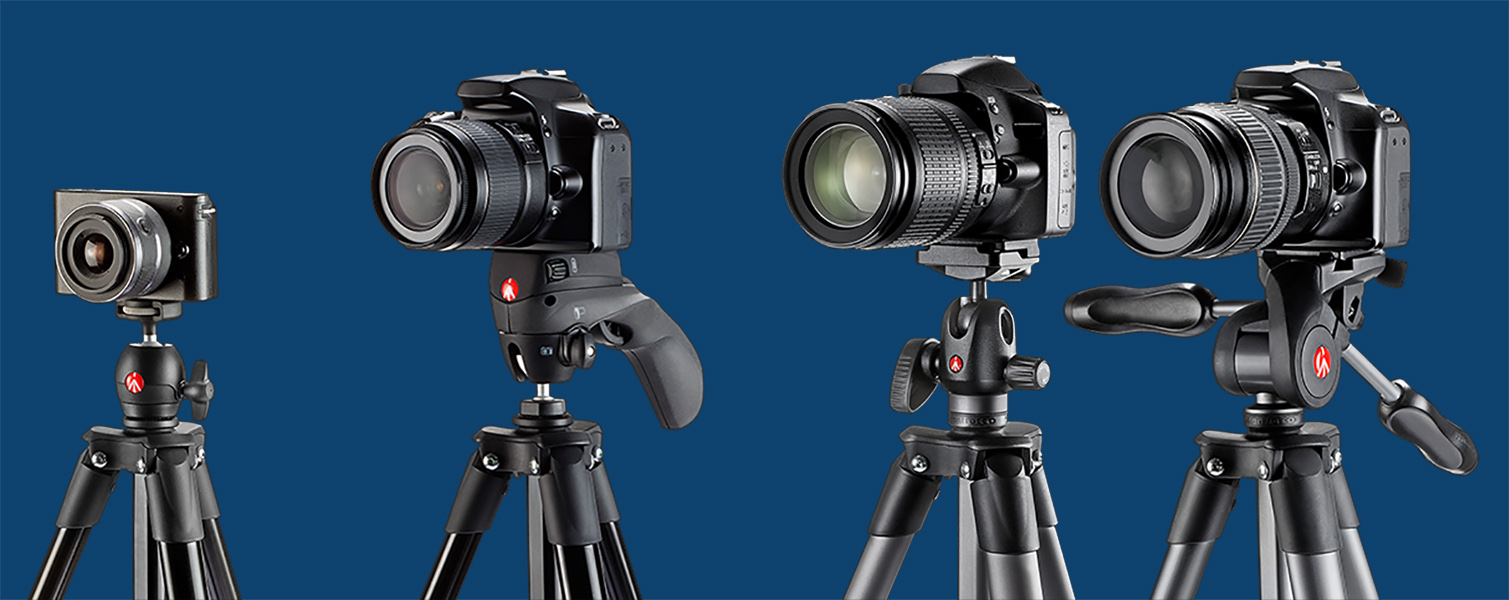
A quality tripod can last your entire career as a photographer or videographer, so finding the right tripod system for you is immensely important. While the legs for a tripod are pretty self-explanatory, find one that matches the height you need, decide on carbon fiber or aluminum, and click buy. But when it comes to tripod heads, the choices are far broader and more confusing, and specific heads meet certain needs based on your shooting. So let’s take a look at the various tripod heads you can choose from, and find the best one to fit your needs.
The Anatomy of Tripods
Before we dive into the options, lets give a better explanation as to what I’m specifically writing about. Tripods are generally made of two main parts – the legs, and the head. Most legs are universal with all different tripod heads and screw onto each other using a 1/4″ screw post. Tripod heads are where you attach your camera to the tripod legs and they tend to offer far more diversity to better fit your needs.
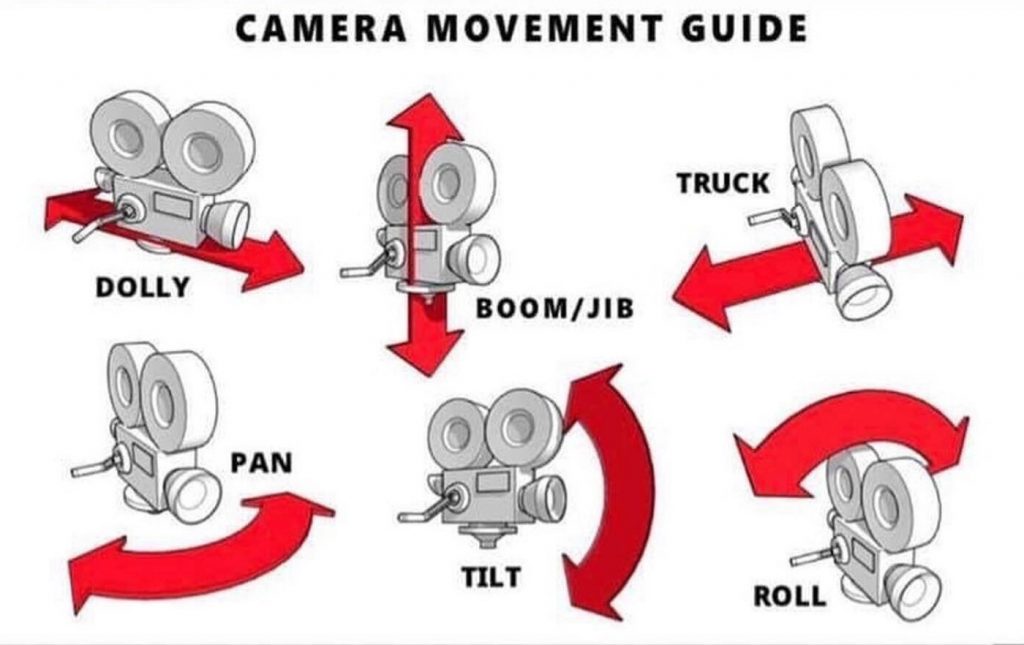
A tripod head is designed to accomplish or prevent three of the most common camera movements – tilt, pan, and roll. How they do these movements and with how much precision depends on the type of head you’re using, and the quality of the gear. Now that we’ve covered that, let’s look at the six most common options, starting with the most popular one.
Ball Head
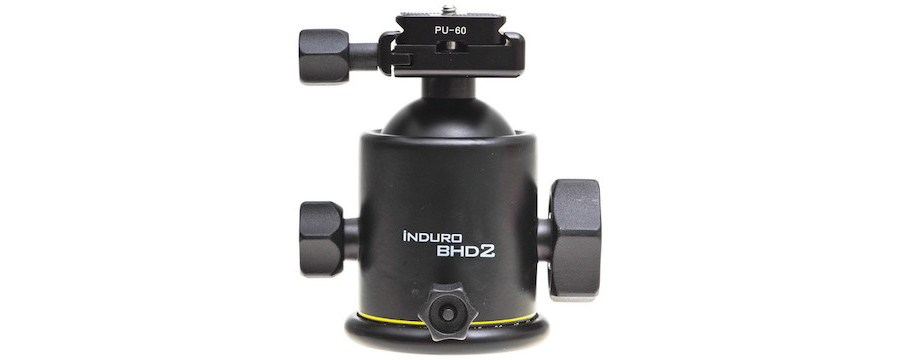
The ball head is likely what you think of when you think of a tripod. Using a large ball, and a locking screw, a ball head allows you to adjust the tripod head into just about any angle you could imagine, and lock the system with the single locking screw. These heads are most common because of their easy use, and large range of motion and angles. However, precision is often a ball head’s downfall, as it doesn’t offer micro adjustments when locking the head.
Budget Recommendation – Manfrotto 496 Center Ball Head
Top Tier Recommendation – RRS BH-55 Ball Head
Three Way Head
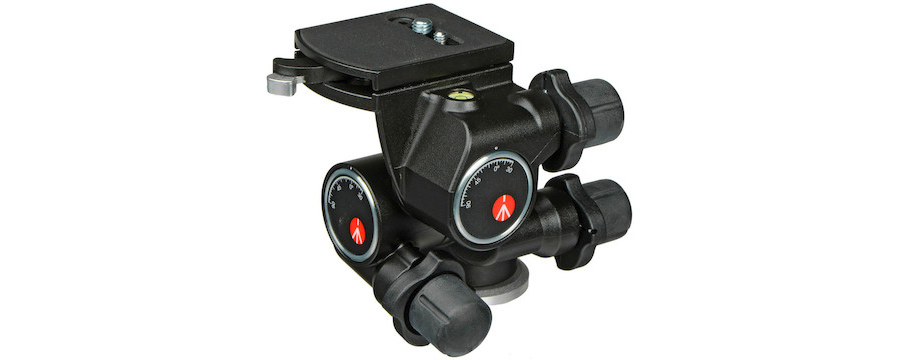
The second most common tripod head for photographers is likely the Three Way Head, often also called a Pan & Tilt Head. Designed to have a bit more precision than a standard ball head, a Three Way head allows you to adjust the three-axis (vertical and horizontal tilt, and pan) individually and with a bit more precision. Higher-end models will also let you adjust the friction of these adjustments, giving you far more precision than what you would find on other tripod heads. The downside of a three-way head, is, of course, it’s a bit bulkier and more complicated than the single locking screw of a ball head.
Budget Recommendation – Manfrotto 410 3-Way Head
Top Tier Recommendation – Benro GD3WH
Geared Head
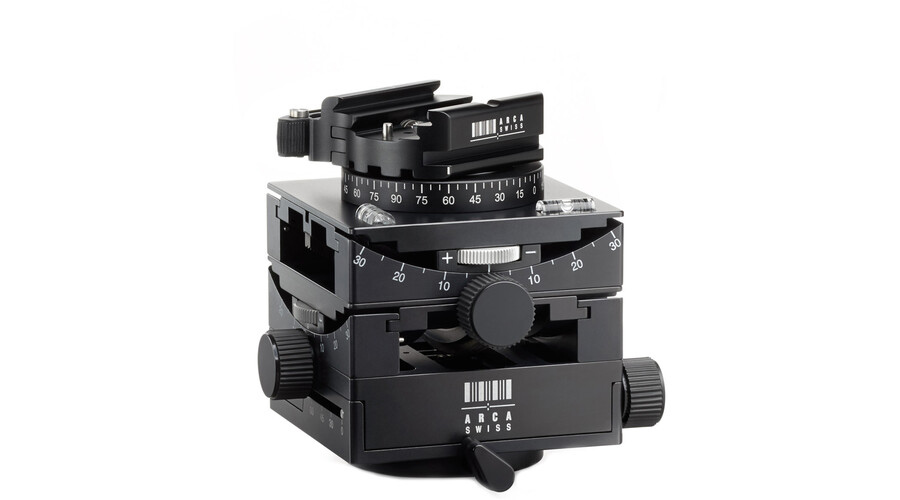
If you’re looking for something with incredible precision, a geared head might be the one for you. Designed for architectural photographers and videographers, gear heads will often be equipped with precision engraving, allowing you to measure the degree of vertical and horizontal tilting. Geared heads are very similar to a Three Way Head, as it covers the same adjustments, but with more precision.
Budget Recommendation – Acratech Panoramic Head
Top Tier Recommendation – Arca Swiss C1 Cube
Trigger Action Head
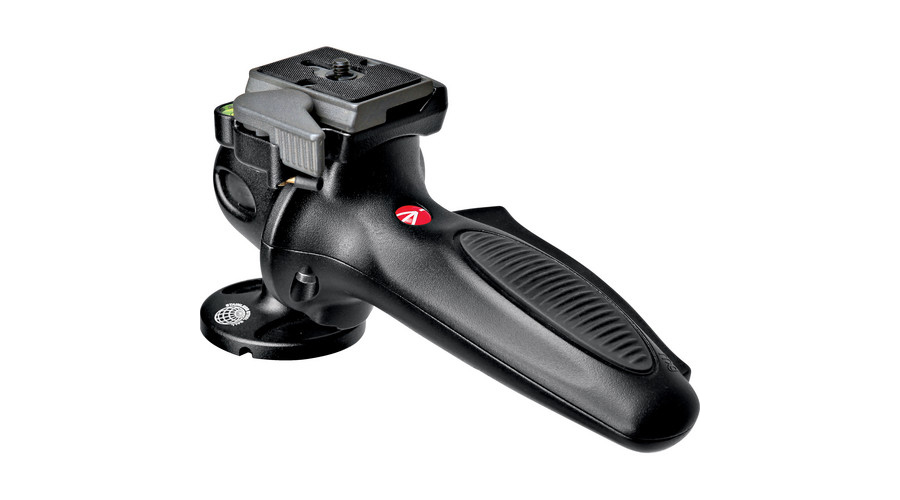
While lacking the precision of a geared head, a trigger action (also called pistol grip) head is a great option if you want the quick adjustments of a ball head, but with more precision and speed. By using a tall “grip with trigger” you can adjust the movements of your head by holding down a trigger and releasing the trigger to lock the head in place. Its tall grip system gives you a bit more speed and precision than from a ball head, but not nearly the precision of a 3-way head or geared head.
Budget Recommendation – Slik AF-1500AC Trigger Action Ball Head
Top Tier Recommendation – Manfrotto 327RC2 Trigger Action Head
Gimbal Head

If you’re looking for a tripod head that can also provide some stabilization to your camera while shooting, the gimbal head might be the choice for you. Used mostly by wildlife and sports photographers, the gimbal head allows fast movements of the camera while providing some stability to those movements. By working much like a traditional gimbal, a gimbal head allows you to adjust the center of gravity to your lens tripod mount, giving you more fluid movements overall.
Budget Recommendation – Benro GH2 Aluminum Gimbal Head
Top Tier Recommendation – Wimberley Type II Gimbal Head
Fluid Head

Finally the last head is often the most expensive and designed specifically for videographers. The fluid head is essentially just a Three Way Head, but with extended adjustment arms to give even more precision used for video work. Designed to carry much more weight than a standard tripod head, a fluid head will also allow adjustment of your friction, so that you can get silky smooth pans and tilts for your camera work.
Budget Recommendation – Manfrotto 502HD Fluid Head
Top Tier Recommendation – OConnor Ultimate 1030Ds Fluid Head
And that concludes the brief breakdown of the different tripod heads available. Which tripod head do you prefer? Feel free to share your thoughts in the comments below.
Author: Zach Sutton
I’m Zach and I’m the editor and a frequent writer here at Lensrentals.com. I’m also a commercial beauty photographer in Los Angeles, CA, and offer educational workshops on photography and lighting all over North America.-
Haggai Yedidya
